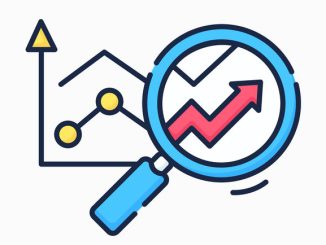 My journey with artificial intelligence (AI) began in the 1980s while working as an Avionics Systems Engineer on the F-16 at General Dynamics. Over the decades, I’ve watched AI evolve from a conceptual dream to a modern technology cornerstone. However, one realization has remained constant: AI, at its core, is an advanced form of algorithm. While the goals of true AI—autonomous thinking machines—remain tantalizingly within reach, the metrics for defining AI are still elusive.
My journey with artificial intelligence (AI) began in the 1980s while working as an Avionics Systems Engineer on the F-16 at General Dynamics. Over the decades, I’ve watched AI evolve from a conceptual dream to a modern technology cornerstone. However, one realization has remained constant: AI, at its core, is an advanced form of algorithm. While the goals of true AI—autonomous thinking machines—remain tantalizingly within reach, the metrics for defining AI are still elusive.
Lessons from the Past
Take, for example, the case of the Denver International Airport. Its baggage handling system was heralded as "AI-based" and intended to be a state-of-the-art solution. Instead, it caused a 16-month delay in the airport's opening and required $560 million in fixes. Ultimately, the system was abandoned in favor of a simpler, algorithm-driven approach to baggage routing—one that was deterministic, stable, and thoroughly testable. (Read more about it here.)
Similarly, consider the Houston traffic light system. For years, political leaders have campaigned on promises to implement cutting-edge AI solutions to manage traffic: interconnected lights, predictive algorithms, and automatic redirection. Yet, the implemented systems, while certainly advanced, are best described as algorithmically driven, with deterministic behaviors and clear expectations. The closest thing to automation lies in the remote triggering features used by commuter rail and emergency vehicles—not in a "thinking" traffic system.
Algorithms: The Foundation of Progress
Algorithms form the foundation of computational advancements. They enable systems to process, predict, and adapt based on structured inputs. While these systems may lack the creative or deductive reasoning we associate with true AI, they are indispensable for progress. Moreover, they allow for human interaction to guide and refine their outputs, learning lessons that fuel future development.
Key fields of study contributing to this advancement include:
- Clustering: Grouping data into meaningful patterns.
- Neural Networks: Emulating brain-like structures to identify correlations and trends.
- Case-Based Reasoning: Drawing insights from past experiences.
- Predictive Analytics: Using historical data to anticipate future outcomes.
AI: The Unfinished Revolution
When genuine AI is achieved—an autonomous system capable of reasoning and adapting as humans do—it will indeed be revolutionary. However, as of 2025, AI remains an aspirational goal. Deterministic algorithms, enhanced by data mining and predictive analytics, continue to drive technological and quantitative advancements.
 Closing Thoughts
Closing Thoughts
The distinction between AI and algorithms is increasingly nuanced as advancements blur the lines. Yet, one truth holds: the path to true AI is built on the shoulders of deterministic systems. As we move closer to achieving autonomous intelligence, it’s crucial to remember that these foundational algorithms remain at the heart of every breakthrough.
Blog by Mark Reynolds, updated December 2024.


